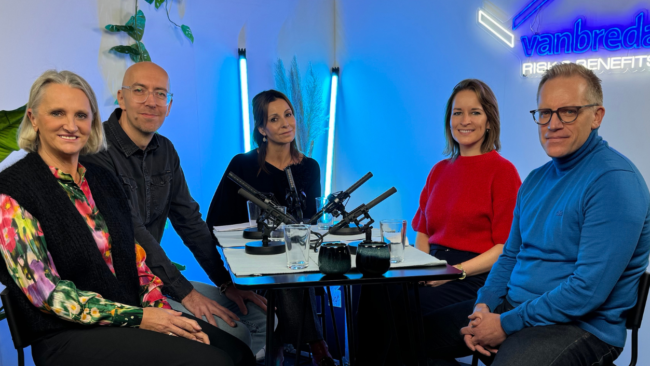A Corporate Loss Prevention Manual (CLPM) is a document that provides guidance to enable a company to develop a fire prevention policy at corporate level. “We have a lot of clients who have several business sites, often in different countries,” Christophe D’haeyere pointed out. “Some sites have been incorporated into the group following a takeover, for example, which often leads to an amalgam of fire prevention measures at group level. Some sites adopt a very diligent approach in this respect, others are less strict. Using a CLPM, we scrutinise all the sites and lay down the minimum standards that each site must observe.”
This kind of approach has three major advantages, Christophe D’haeyere explained. “Insurers generally issue fire insurance policies at group level and determine the premium globally. If a company has ten production sites and some of them are clearly below standard, their premiums and/or conditions may be decisive, even if the other sites are perfectly in order. This can have a major impact on the overall insurance package. Besides the financial argument, it is also important for the client to guarantee business continuity wherever possible. Sites often supply one another. If a link in this chain is lost, it will threaten the continuity of the entire business. Finally, the third advantage is that a CLPM and the corresponding dashboard make it possible to clearly assess at group level where specific investments are needed.”
The first step in a CLPM is to identify any critical problems or sticking points at the various sites. “Being a broker we will often visit the sites, if necessary in conjunction with the insurance company, and conduct a thorough audit,” Christophe D’haeyere added. “The final results of the audits provide a synthesis of areas that require attention and action, which are divided into a number of categories such as health & safety policy, protective measures (e.g. smoke detection, sprinklers, etc.) and the human aspect (training, order and tidiness, etc.).”
In consultation with the client, this document constitutes a personalised manual to be agreed for a set of minimum requirements that apply to the entire company. “Obviously, the different sites can and are entitled to try and exceed the set minimum requirements,” Christophe D’haeyere emphasised. “Once everyone is working at the same level in terms of health and safety, the CLPM can also act as a guide to set the benchmark even higher at group level – this is not just a one-off, statistical exercise. It is also particularly important to involve all the sites in the drafting of the CPLM in order to generate sufficient support.”
When drawing up a CLPM, it is advisable for a company to make decisions after careful deliberation. “Defining standards, visiting the sites, writing the manual, communicating the guidelines to all stakeholders, evaluating any actions taken and providing feedback to all sites, etc. takes time. Much will also depend upon the type of company, i.e. which activities it is involved in. How many sites does the company have and how big are they? In any case, each document is tailored to the company in question and no two companies are exactly the same.”
Until a few years ago, companies were able to choose specific insurers that offered the best conditions. However, in the current market conditions, it is the insurance companies that decide whether they still want to insure certain companies and subject to which conditions. From this point of view, the CLPM can be used as an additional argument to convince insurance companies and optimise policy conditions.
“And this is what represents the added value offered by a partner such as Vanbreda,” Christophe D’haeyere added. “We know our clients and operate in close cooperation with them. In drawing up a manual of this nature, we meet the expectations of the insurance companies without losing sight of the needs and day-to-day reality of the client. This enables us to protect the insurability of our clients, now and going forward, and to help guarantee their business continuity.”






